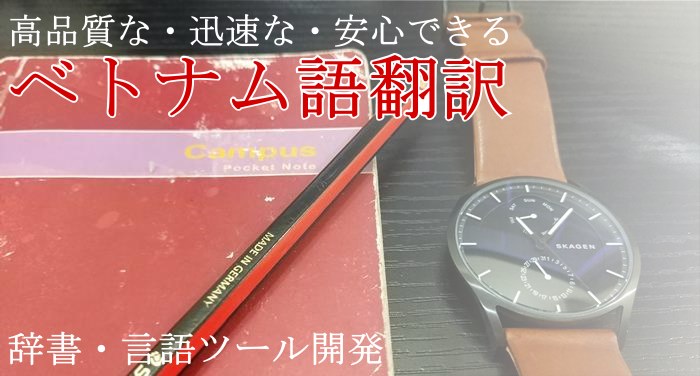Difference between Translation Memory, Termbase and Machine Translation
Termbase: Contain entries which usually are translations of words (entries) in two or several languages.For example:
Entry #2103:
└English: challenge
└Japanese: チャレンジ
└Japanese: 挑戦
└Vietnamese: thử sức
└Vietnamese: khiêu chiến
Translation Memory: Store pairs of sentences in 2 languages (source language and target language).
For example TM with Japanese as source language and Vietnamese as target language:
┌Source text: 先に失礼します。You must translate yourself these sentences for the first time (e.g. human translation).
└Target text: Tôi xin phép về trước ạ.
Machine Translation: Translation done by machine e.g. automatic translation (not human translation).
You can see detail explanation in FAQ about TM below.
Here's method to create a new TM for working project in Trados SDL.
Step 1: Click 'Translation memories' (bottom left) then 'New' (drop down) > New Translation Memory
Step 2: New Translation Memory
We must specify name of TM as well as 'Source Language' and 'Target Language'. TMs should have only one source language and one target language. This makes TMs differ from termbase.
Step 3: Fields and Settings
Click 'Next >'.
Step 4: Language Resources
Click 'Finish'.
Step 5: TM created
Here's FAQ of Trados about Translation Memory.
When would I use a translation memory?
Translation memories should be used by anyone who localizes content from one language into another. When a translator's jobs regularly contain the same kinds of phrases and sentences, a translation memory will drastically increase the speed of translation.
Translation memories are also very helpful when translating content out of context. An increasing number of organizations rely on Content Management Systems (CMS) to manage their information. A CMS allows individual blocks of text, rather than entire documents, to be created/edited and then published in a variety of different formats. A translation memory helps to make this process quicker and more consistent.
How does a translation memory differ from a termbase?
A translation memory stores segments of text as translation units. A segment can consist of a sentence or paragraph. The TM holds both the original and translated version of each segment for reuse.
A termbase, on the other hand, is a searchable database that contains a list of multilingual terms and rules regarding their usage.
A translation memory is typically used in conjunction with a termbase within SDL Trados Studio.
How does translation memory software differ from machine translation?
Machine translation refers to automated translation by a computer, without human input.
Translation memory software requires human input as it reuses content that has been previously translated to complete new translation work. The original translation is performed by a professional translator.
Machine translation may be used in conjunction with a translation memory to improve the speed of translation. For example, when a translation memory does not have enough information to complete a segment of text, SDL Language Cloud Machine Translation can be used to automatically complete the segment. The translator may then edit the machine translation and save the completed segment to the translation memory so it may be reused later.
How do I make a translation memory using my previous translations?
SDL Trados Studio includes an Alignment feature which enables the creation of a translation memory by comparing original and translated documents you have completed in the past. This is a simple process and allows you to leverage all of your past work, even if you have never used Studio to translate before.







No comments:
Post a Comment